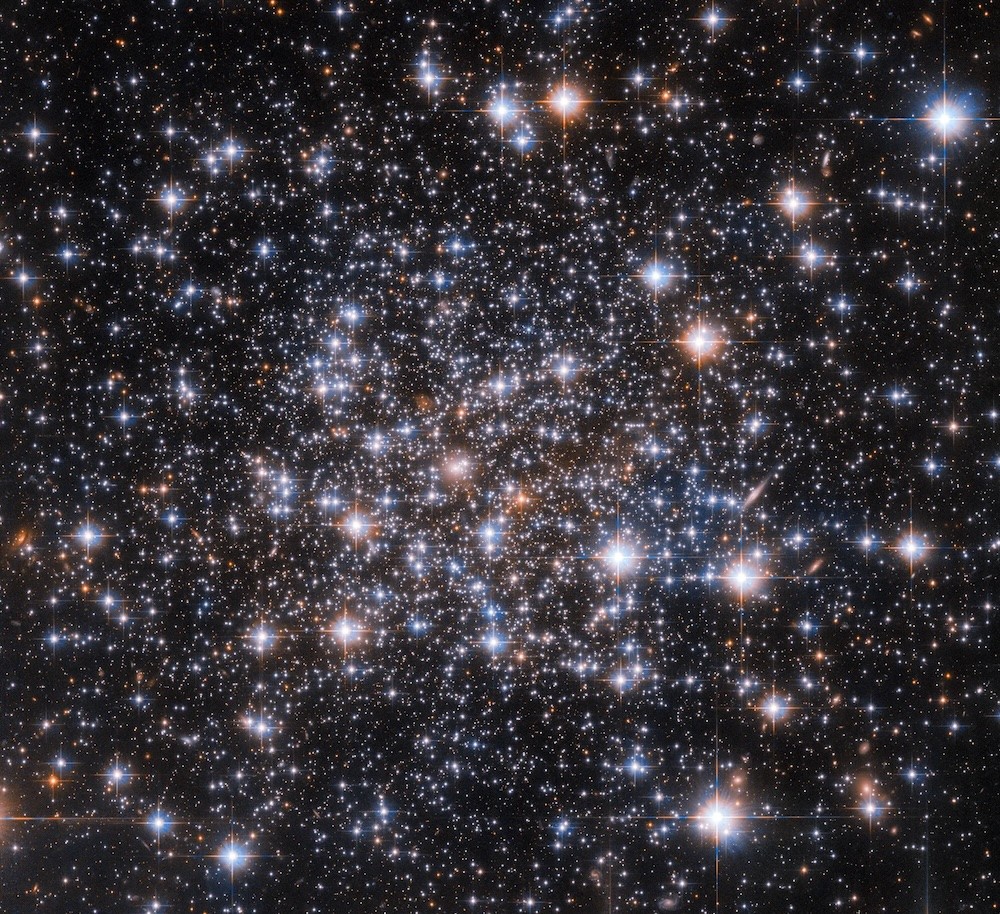Fraser Cain on Nostr: The stars in the Milky Way are constantly drifting around, coming closer and farther ...
The stars in the Milky Way are constantly drifting around, coming closer and farther in billions of years of the Solar System's history. Now and then, stars come within a single light-years of the Sun, affecting the orbits of the planets. In a new paper, an astronomer has used data from ESA's Gaia mission to calculate stars that have come within one light-year, potentially drifting through the Oort Cloud and sending comets into the inner Solar System.
https://arxiv.org/abs/2402.13015 
Published at
2024-02-21 19:10:03Event JSON
{
"id": "f4bb0b6a109ad097cf6ee401b5d4065a992d9f0e1a3bb08109ed4976e64ce395",
"pubkey": "ac844e7de79ee4ba0cc0999efe9afb25cc9bd99ba0b5957cf0fd406fcabaf11a",
"created_at": 1708542603,
"kind": 1,
"tags": [
[
"proxy",
"https://m.universetoday.com/users/fraser/statuses/111971048052060858",
"activitypub"
]
],
"content": "The stars in the Milky Way are constantly drifting around, coming closer and farther in billions of years of the Solar System's history. Now and then, stars come within a single light-years of the Sun, affecting the orbits of the planets. In a new paper, an astronomer has used data from ESA's Gaia mission to calculate stars that have come within one light-year, potentially drifting through the Oort Cloud and sending comets into the inner Solar System.\n\nhttps://arxiv.org/abs/2402.13015\n\nhttps://m.universetoday.com/system/media_attachments/files/111/971/048/041/338/830/original/3e1552800831363f.jpg",
"sig": "5e918d74deefb705df09ed369832b037dd92377aeab336038011682118029f3b0d1f420ff09c31fcda38a786933ad7092522557afa8c20330052615b539eeddb"
}

